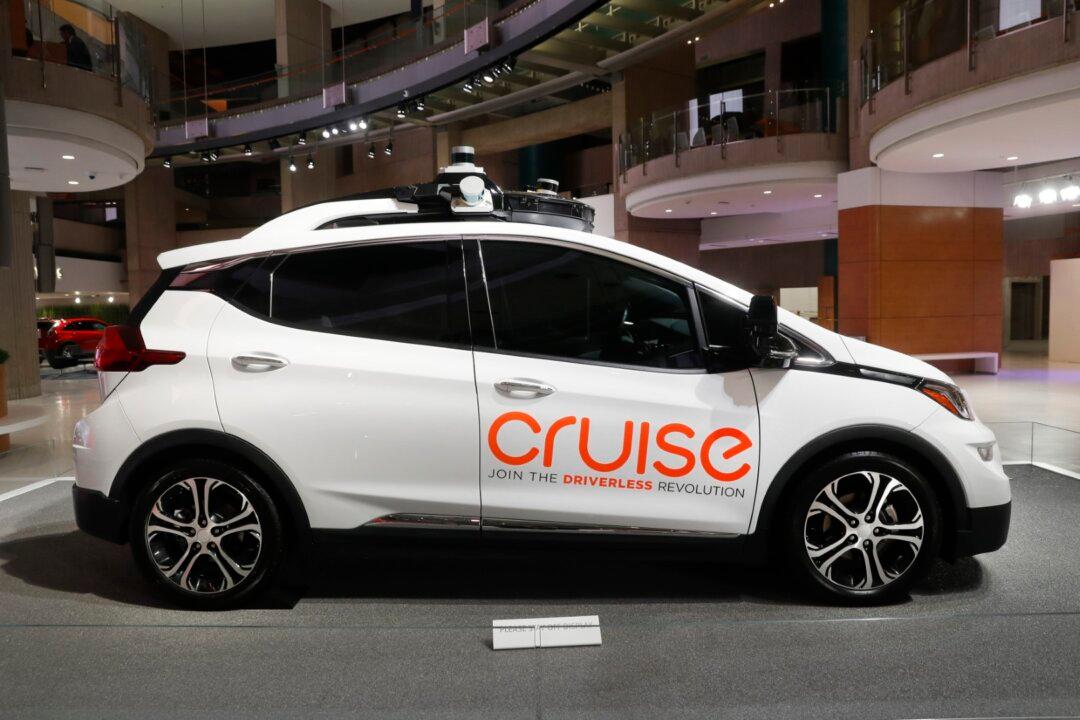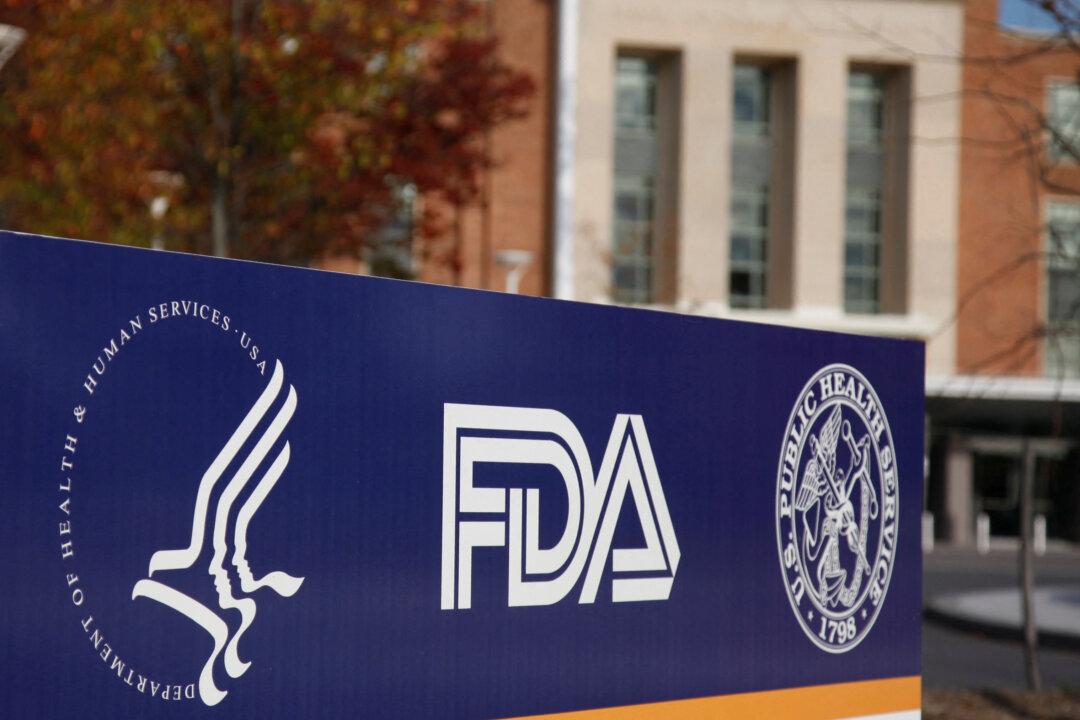The California Department of Motor Vehicles (DMV) has revoked Cruise’s driverless testing permits in San Francisco, with the move driven by escalating safety concerns.
The department stated on Oct. 24 that the company’s autonomous vehicles (AVs) are “not safe for the public’s operation” and accused its officials of “misrepresenting” safety information.





